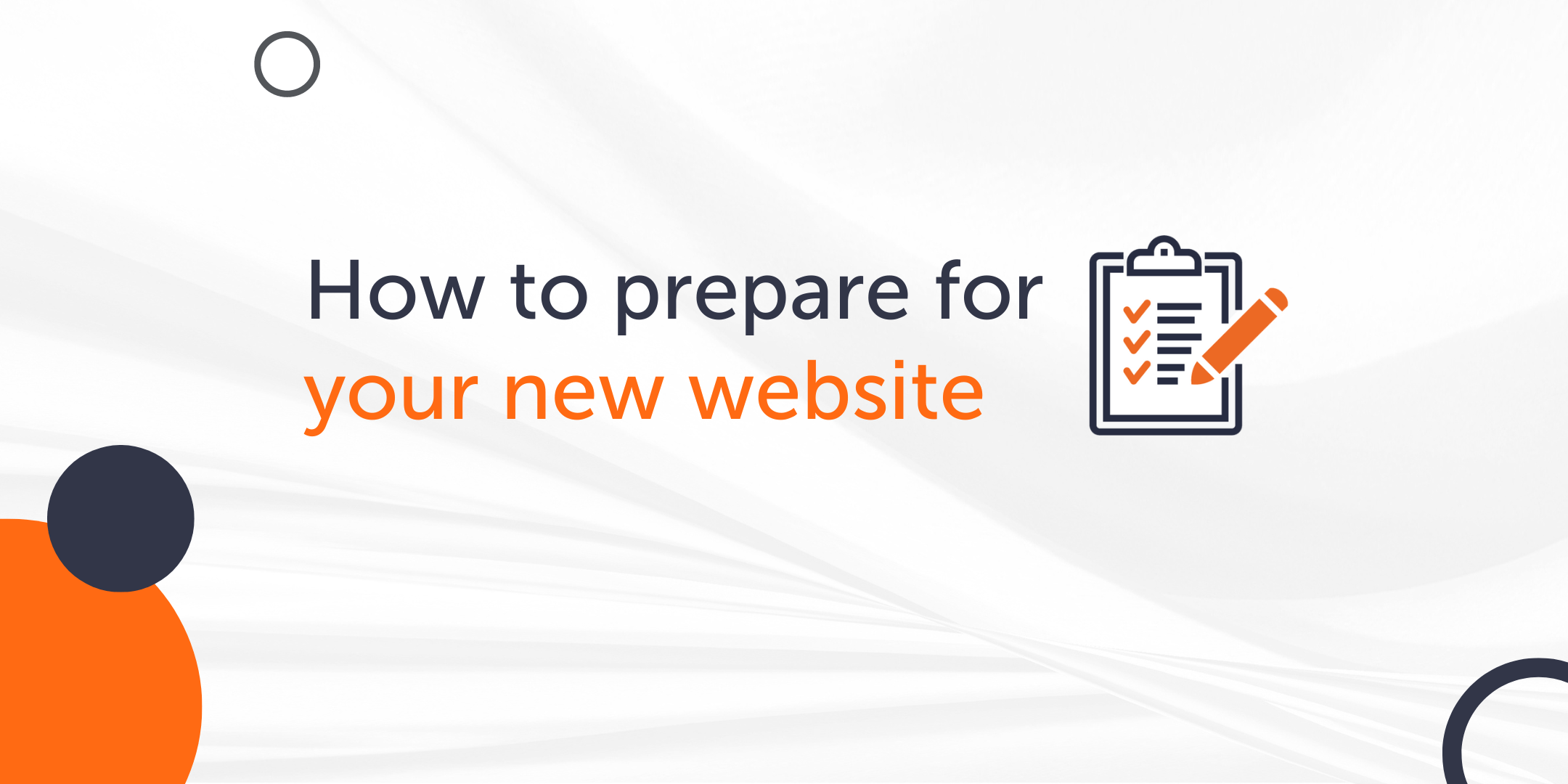So you need a new website, and you’ve chosen a company to create it for you. The next thing you need to do is create a brief, so they know exactly what you want.
A good brief will save both time and money, so it’s good to be as detailed as possible. Some companies (like us) will give you a questionnaire to fill out or a framework for your brief, but if not then here’s a guide to what to include in your website brief
About Your Business
This bit can often be overlooked, as you focus more on the specifics of the website, but your web design agency will want to know all about your business. This will help to make sure the website suits you and does exactly what you want it to do, and fits in with your company and brand values.
Include information about the history of the company, brand, size, staff, mission statement, values and ethos. It will also be useful to know about any growth plans, as they might need to allow for added functionality or more pages needing adding further down the line.
Target Audience
Knowing your target audience will allow your web team to shape the website around them. It might influence the content or the design, or even the usability of the website. Describe your ideal client – if you haven’t already, it might be a good idea to develop buyer personas.
Website Goals
Make sure you outline the overall aim of your new website. Examples include:
- Increase brand awareness
- Increase sales
- Generate leads and enquiries
- Improve online presence
- Sell products through e-commerce
Your web designer should create the site with the goals in mind, to help get users to take action.
Competition
Provide as much information as you can about your competitors. This will allow your web designer to conduct a competitor assessment, and identify what they are doing well and where the gaps are in their websites. They’ll be able to use this information to make sure you’re a cut above the competition.
Sites You Like
Pick out a few websites that you really like, and explain why you like them. It might be the colours, the layout, the content, the functionality – whatever it is, letting your web designer know will give them a really good idea of what you’re looking for from your website. The most common one we get is Apple!
Any Ideas You Already Have
If you already know what you want the homepage to look like, or what colours you want to use, or what image you want in the hero area – let your designer know!
Technical Requirements
As well as looking good, your new website needs to be functional and work for you. If you need any additional functions, you need to let your web team know from the start. These might include:
- E-commerce
- Additional users/logins
- Integration with other systems
- Automated emails/ tests
- Interactive map
- Events calendar
- Online bookings
- Chatbot
These may seem like small things, but they will add multiple extra hours of design and development so you need to make sure your team know about this from the start.
In-house Requirements
Describe how the site will be managed on a day-to-day basis. How regularly will you be updating and adding content? Do you need to gather any specific data from the site?
Content
Are you supplying the finished content for your website, or is your agency creating the copy? If the agency is doing it, you’ll still need to supply raw information for them to shape into web copy. Content provision is often one of the biggest delays on website projects, so the sooner you can get this together the better.
You’ll also need to think about images and videos. Are you providing your own, or are you using stock imagery? If you’re using stock, are you choosing them yourself or are you happy for your designer to find them? If you’re providing your own imagery, try and send them over as soon as possible.
Deadline
If you’re working to a specific timescale and have a deadline for the site completion, you need to let your designer know straight away. That way they can prioritise accordingly and ensure your new website is live on schedule.

